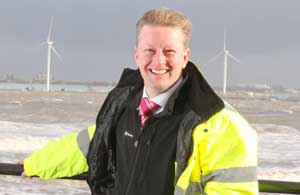 North West safety seal manufacturer Roxtec has launched a new company called Roxtec Services AB targeting North Sea marine and offshore markets.
North West safety seal manufacturer Roxtec has launched a new company called Roxtec Services AB targeting North Sea marine and offshore markets.
Roxtec Services AB was developed following sustained demand for equipment inspection on naval ships, drilling rigs and FPSOs (Floating Production Storage and Offloading anchored vessels). The initial focus for the new business will be in the North Sea and the UK continental shelf, an area where Britain has mineral rights – with a view of expanding into international territories including Asia and South America.
Roxtec UK managing director Graham O’Hare said the company will offer three main services to clients: inspection services, maintenance and training, which will all meet the highest worldwide standards.
“Roxtec's products are widely used in the oil and gas industry, so we’re very familiar with the needs of this sector, " he said. “Roxtec Services AB will deliver inspections, maintenance work and installation training within the crucial area of cable and pipe transits.
“The decision behind launching Roxtec Services AB stems from the demand we have witnessed to inspect some 50,000 multi-cable transits in the last 12 months.
“We will be looking to service marine vessels and offshore units. The reason it is so important is that firms must prove they are maintaining performance and meeting safety requirements from the classification societies governing the territory.
“Many classification societies already call for frequent transit inspections and we see a huge potential for the new company.
“The severe offshore environment causes severe material fatigue and means upgrades are frequently required to cables and pipes. Operators can suddenly find their rig or vessel is not protected against fire, gas and water according to the regulations.
“Roxtec’s experience as a global market leader in cable and pipe sealing solutions, with an international presence, means we are perfectly placed to advise and supply these types of projects which may ultimately involve multiple geographical locations.”
Roxtec Services AB will ensure that clients’ projects are fully compliant with international safety regulations pertaining to the use and maintenance of multi-cable transits.
It will see specialist offshore teams sent out to inspect assets on behalf of clients before reporting back with recommendations in line with relevant international safety standards.
Alternatively, it can also install an RFID (Radio-Frequency Identification) system to tag transits so they can be checked remotely.
Mr. O’Hare said: “Currently there are at least forty offshore assets under construction worldwide using Roxtec’s sealing solution, and it is pleasing that a number of these are taking place in the North Sea, which is the initial focus of Roxtec Services.
“Our mission is to provide clients complete assurance and peace of mind that their assets are operating efficiently and fully compliant with safety regulations. Our inspections will be able to assess if transits meet safety standards set by ABS, Lloyds, DNV GL and IMO.
“If the inspection report recommends corrective actions, the Roxtec Services maintenance team is ready to assist the operator with urgent actions onsite as well as with long-term services.
“A key part of the service is also educational. Our inspectors will look to share their knowledge by training installation teams and supervisors.”


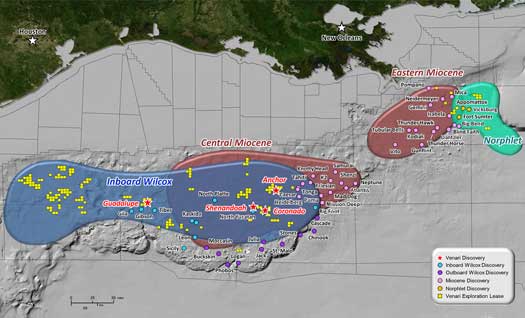
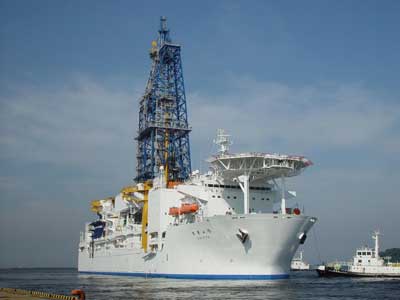 The deepwater D/S Chikyu as deployed during NGHP-02 was designed by the Japanese government for international scientific drilling operations (photo courtesy JAMSTEC).
The deepwater D/S Chikyu as deployed during NGHP-02 was designed by the Japanese government for international scientific drilling operations (photo courtesy JAMSTEC).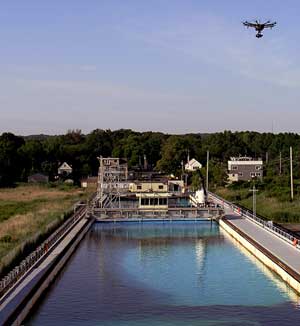 A rotorcraft, carrying visual and thermal infrared sensors, collects imagery of the oil on the Ohmsett tank. Photo courtesy: BSEE
A rotorcraft, carrying visual and thermal infrared sensors, collects imagery of the oil on the Ohmsett tank. Photo courtesy: BSEE The Bureau of Ocean Energy Management (BOEM) has notified companies holding oil and gas leases in federal waters that it is updating financial assurance and risk management requirements to ensure that U.S. taxpayers never have to pay for decommissioning and removing a company’s offshore production facilities.
The Bureau of Ocean Energy Management (BOEM) has notified companies holding oil and gas leases in federal waters that it is updating financial assurance and risk management requirements to ensure that U.S. taxpayers never have to pay for decommissioning and removing a company’s offshore production facilities.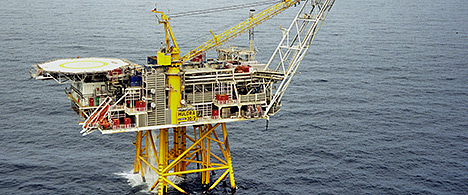 Photo credit: Statoil
Photo credit: Statoil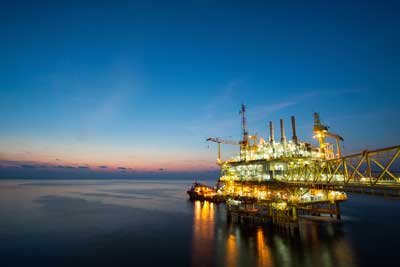 National Oilwell Varco, Inc.
National Oilwell Varco, Inc.
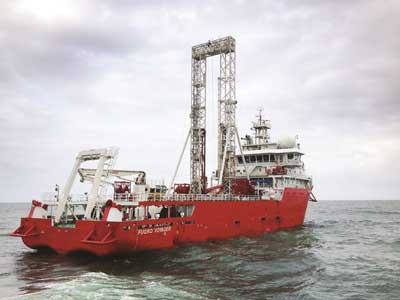 Fugro deploys deepwater geotechnical vessel, Fugro Voyager, for ONGC works offshore India’s east coast
Fugro deploys deepwater geotechnical vessel, Fugro Voyager, for ONGC works offshore India’s east coast
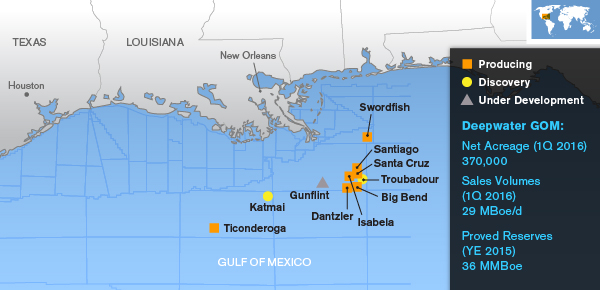
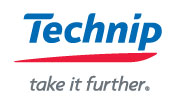 Technip
Technip North West safety seal manufacturer
North West safety seal manufacturer  API
API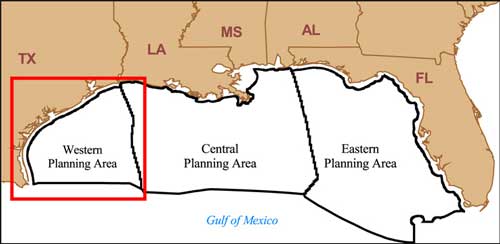
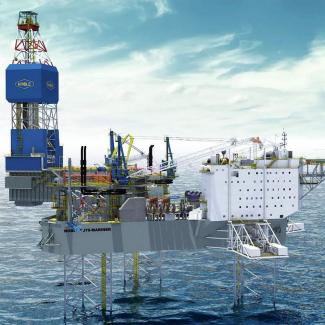 Image courtesy: Noble Corporation
Image courtesy: Noble Corporation Amec Foster Wheeler
Amec Foster Wheeler